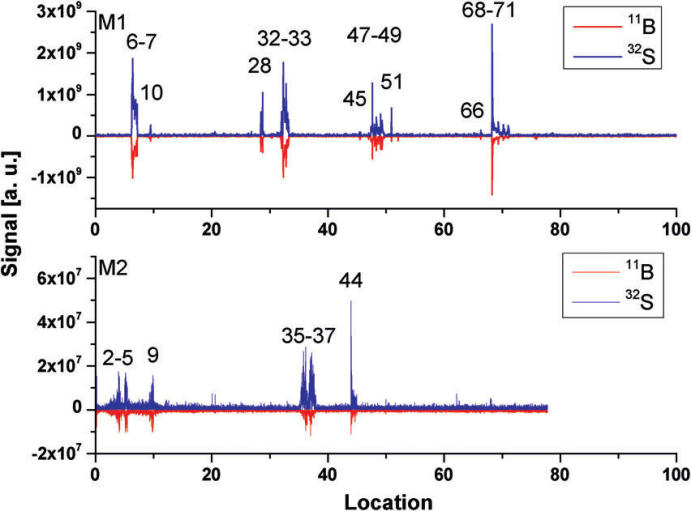Researchers at University of Bern and co-workers used Clark-MXR Model CPA-Series laser to carry out Laser Ablation/Ionization Mass Spectrometry in the quest to search for extraterrestrial life.
Tulej Marek, Neubeck Anna, Ivarsson Magnus, Riedo Andreas, Neuland Maike B., Meyer Stefan, and Wurz Peter. Astrobiology. August 2015, 15(8): 669-682. https://doi.org/10.1089/ast.2015.1304

ABSTRACT
Detection of extraterrestrial life is an ongoing goal in space exploration, and there is a need for advanced instruments and methods for the detection of signatures of life based on chemical and isotopic composition. Here, we present the first investigation of chemical composition of putative microfossils in natural samples using a miniature laser ablation/ionization time-of-flight mass spectrometer (LMS). The studies were conducted with high lateral (∼15 μm) and vertical (∼20–200 nm) resolution. The primary aim of the study was to investigate the instrument performance on micrometer-sized samples both in terms of isotope abundance and element composition. The following objectives had to be achieved: (1) Consider the detection and calculation of single stable isotope ratios in natural rock samples with techniques compatible with their employment of space instrumentation for biomarker detection in future planetary missions. (2) Achieve a highly accurate chemical compositional map of rock samples with embedded structures at the micrometer scale in which the rock matrix is easily distinguished from the micrometer structures. Our results indicate that chemical mapping of strongly heterogeneous rock samples can be obtained with a high accuracy, whereas the requirements for isotope ratios need to be improved to reach sufficiently large signal-to-noise ratio.
